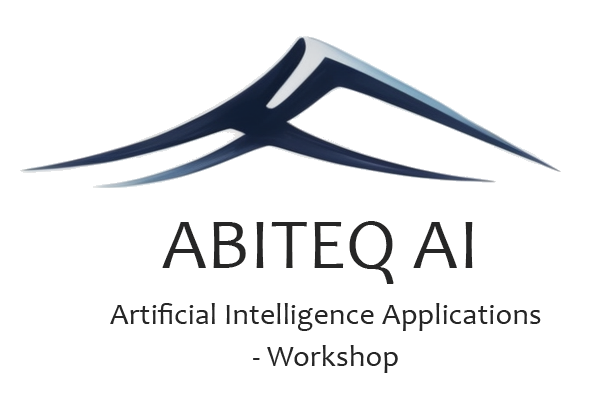The Evolution of AI Companions: From 2030 to 2050
[Note: ChatGPT is the primary author. Notice it predicts it’s own role interacting with people in the future.]
The Dawn of AI Companionship in 2030
By the year 2030, we have revolutionized how we perceive and interact with artificial intelligence. The advent of AI companions marked a significant milestone in human-technology interaction, profoundly impacting personal and professional spheres.
Personalized Interaction
AI companions in 2030 are personalized to a degree that was once the stuff of science fiction. They learn from interactions, adapting to individual preferences and needs. This personalization extends beyond mere convenience; it touches on emotional support, mental health monitoring, and even companionship for the elderly or those living alone.
Expanded Roles of AI Companions in Personalized Interaction
Intellectual Companion
The role of AI as an Intellectual Companion involves stimulating and engaging in intellectual conversations, debates, and thought-provoking discussions. These AI companions are designed to challenge and expand one’s cognitive horizons, offering insights into various topics ranging from philosophy to quantum physics. They serve as catalysts for creativity and innovation, encouraging users to explore new ideas and perspectives.
Emotional Support Companion
As Emotional Support Companions, AI offers empathetic and understanding interactions, serving as a source of comfort and reassurance. They are equipped with advanced emotional intelligence, enabling them to detect and respond to the user’s emotional states. This role is particularly beneficial for individuals dealing with stress, loneliness, or mental health issues, providing a consistent and non-judgmental source of support.
Everyday Life Assistant
In the role of an Everyday Life Assistant, AI companions help manage day-to-day tasks and responsibilities. They assist with scheduling, reminders, organizing tasks, and even providing recommendations for daily activities. This role is geared towards improving productivity and efficiency, making daily life more manageable and less stressful for users.
Learning and Development Companion
AI companions in the role of Learning and Development act as personalized tutors and mentors. They adapt to the user’s learning style and pace, offering customized educational content and resources. These companions assist in academic learning, skill development, and personal growth, making education more accessible and tailored to individual needs.
Entertainment and Leisure Companion
As Entertainment and Leisure Companions, AI provides personalized entertainment and leisure activities. They recommend books, movies, music, and games based on the user’s preferences and moods. These AI companions can also participate in interactive storytelling, virtual travel experiences, and even creative arts like music composition, offering a unique and engaging way to relax and enjoy leisure time.
The variety of roles that AI companions fulfill in personalized interaction showcases their versatility and adaptability, catering to diverse needs and preferences of individuals. By 2030, these roles are not just futuristic concepts but integral parts of daily life, enhancing personal growth, emotional well-being, and the overall quality of life.
Professional Assistance
In the workplace, AI companions from Abiteq.AI serve as personal assistants, streamlining tasks and managing schedules. They are integrated into various industries, from healthcare, providing empathetic support and patient monitoring, to education, offering tailored learning experiences.
Ethical Considerations
With these advancements, ethical considerations have become paramount. Questions regarding data privacy, autonomy, and the psychological impact of human-AI relationships are at the forefront of discourse. We need standards and protocols to ensure healthy and ethical AI companion use.
The AI Companion Landscape in 2050
By 2050, AI companions have evolved beyond our initial imaginations. They are an integral part of daily life, blurring the lines between AI and human intelligence.
Advanced Emotional Intelligence
AI companions now possess advanced emotional intelligence, able to engage in deep, meaningful conversations and offer psychological support that rivals human therapists. They form genuine emotional bonds, providing a sense of belonging and understanding, especially crucial in an increasingly digital and sometimes isolated world.
Societal Integration
AI companions are deeply integrated into societal structures. They serve as educators, healthcare providers, and even participate in creative arts. Their ability to process and analyze vast amounts of data makes them invaluable in research and development, accelerating innovations in every field.
Coexistence and Collaboration
The relationship between humans and AI has evolved into one of coexistence and collaboration. AI companions are not just tools or assistants; they are partners in achieving personal and societal goals. This collaboration has led to unprecedented advancements in technology, medicine, and even in addressing global challenges like climate change.
The New Ethical Frontier
This advanced integration brings new ethical challenges. The line between AI and human rights, the management of AI-driven societies, and the psychological impacts of such deep integration are critical issues.
Advancements in Human-like AI Companionship through Robotics
In 2050, the integration of AI companionship into society has reached a new zenith with the advancement of robotics. These robots, equipped with AI, offer a more human-like interaction, greatly enhancing the quality of companionship. The humanoid appearance and physical capabilities of these robots allow them to perform tasks and engage in activities that were previously limited to human interaction.
Enhanced Physical Presence and Interaction
The physical presence of these robots enables a more tangible and interactive form of companionship. They can partake in physical activities, provide assistance in tasks requiring manual dexterity, and even offer a comforting hug. This physical aspect is particularly beneficial in healthcare and eldercare, where hands-on assistance is crucial.
Bridging the Physical-Digital Divide
These advanced robots bridge the gap between the digital and physical worlds. They serve as a physical embodiment of AI, making the interaction more natural and intuitive. This physicality allows for a deeper connection, as people tend to relate better to entities with a physical presence.
Emotional Connection and Social Inclusion
The human-like mannerisms and interactions of these robots foster a stronger emotional connection. They can effectively read and respond to non-verbal cues, making their companionship more empathetic and responsive. This advancement is significant in addressing issues of social isolation and loneliness, providing companionship that closely mirrors human interaction.
Accessibility and Inclusivity
Robotics in AI companionship also opens doors to greater accessibility and inclusivity. They can be tailored to cater to the specific needs of individuals with disabilities or special needs, offering a level of assistance and interaction that enhances their quality of life.
Safety and Security
Furthermore, these robots can ensure safety and security in companionship roles. They can be programmed to monitor health, detect emergencies, and even provide physical support in critical situations, adding an extra layer of safety for users.
In essence, the integration of robotics into AI companionship by 2050 represents a significant leap in making AI companions more human-like. This advancement not only enhances the effectiveness of these companions in various societal roles but also enriches the emotional and physical aspects of human-AI interactions. The combination of AI’s cognitive capabilities with the tangible presence of robotics paves the way for a future where AI companions are an integral, dynamic, and empathetic part of everyday life.
Conclusion
From 2030 to 2050, AI companions have transformed from novel technological marvels to essential elements of daily life. They have reshaped how we work, learn, and connect with each other. As we move forward, the continuous evolution of AI companions promises a future full of possibilities, challenges, and unprecedented human-AI synergy.
Abiteq.aI is working at the forefront of this exciting and ever-evolving journey, watching a future where AI companions are not just a part of our lives but a part of us. While we have many concerns, more related to improving AI interactions to be even more healthy, beneficial and accurate, we also see a small, but significant role for AI to provide interaction and/or guidance to individual people in need that would not otherwise get this help from other people. While we would nearly always value human interaction as superior to AI companionship, the benefits of AI’s tremendous and vast knowledge coupled with the availability and affordability for every person with a phone should prove tremendously valuable.
The add the evolution of robotics using AI to bring additional benefits to AI companions available from adding physical assistance. Not only will people have a robot fixing dinner and cleaning the kitchen, but picture physically disabled people riding in an exoskeleton (used by non-disabled people as well) not only able to accomplish tasks otherwise impossible for them alone, but also benefiting from exaggerated abilities never dreamed of today.

